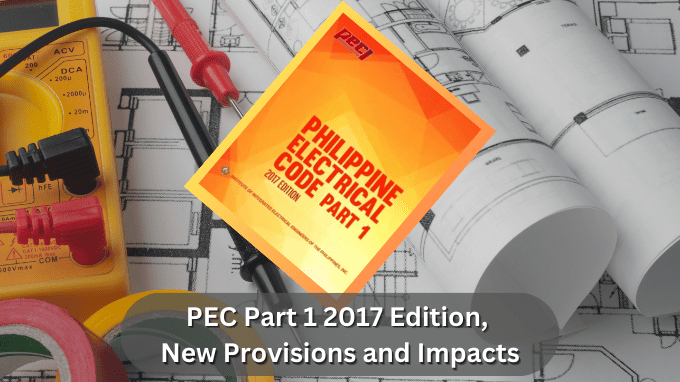
The Philippine Electrical Code is used nationally as the basis for safeguarding persons, buildings, and its contents from hazards that may arise from the use of electricity.
The primary purpose of the Code is to minimize the risk of electricity as a source of electric shock, potential ignition source of fires and explosions.
Philippine Electrical Code Part I 2017 Edition
- The Energy Regulatory Commission adopts the PEC Part 1 and Part 2 set by the Professional Regulation Commission as Safety Standards for Generation Companies, Transmission Providers , Distribution Utilities and Suppliers in the Philippine Grid Code (PGC) and Philippine Distribution Code (PDC).
- Also adopted in the Occupational Safety and Health Standards by the BWC-DOLE as a “Electrical Safety Standard” (Rule 1210-Electrical Safety).
RULE 1210: ELECTRICAL SAFETY
What standards on Electrical Safety must be adopted to safeguard any person employed in any workplace?
- The Philippine Electrical Code is hereby adopted & the standards contained therein shall be considered safety standards.

Philippine Electrical Code Part I 2017 Edition
- Based on 2017 National Electrical Code (NFPA 70)
- The Philippine Electrical Code Part 1 2009 Edition was based on NEC 2005
- The Fire Code for the Safe Use of Electricity
- Minimum Electrical Safety Standard
The National Electrical Code
- The first documented case of a Code as a requirement of rules was published on 16th Nov. 1881 entitled “ The Dangers of Electric Lighting”.
- The first NEC was developed in 1897, eighteen after the invention of incandescent light bulb by Thomas A. Edison.
- Since 1911, the NFPA of Quincy, Massachussets, has been responsible for the maintenance and publication of the NEC.
- Regularly revised (every three years) to reflect the evolution of products, materials, and installation techniques.
- 21 Separate Committee, each consisting of 15-20 persons. Members of each committee meet several times, discuss proposed changes, accepting some and rejecting others, and rewrite (as required) the sections of the Code that were assigned to their committee.
Philippine Electrical Code Part I 2017 Edition
- Based on 2017 National Electrical Code (NFPA 70)
- The Philippine Electrical Code Part 1 2009 Edition was based on NEC 2005
- Regularly revised (every three years) to reflect the evolution of products, materials, and installation techniques.
- NEC 2008, NEC 2011, NEC 2014 & NEC 2017
- NEXT NEC REVISION: NEC 2020, 2023, 2026, 2029
PURPOSE OF Philippine Electrical Code (PEC).
- The primary objective of the code is to establish basic materials quality and electrical works standards for the safe use of electricity for light, heat, power, communications, signaling and for other purposes.
- “ Practical safeguarding of persons and property from hazards arising from the use of electricity ”.
COMPLIANCE TO THE PEC WILL ENSURE SAFETY AND PREVENT ELECTRICAL FIRES.
Philippine Electrical Code Part I 2017 Edition
- This Code is intended as a design specification or an instruction manual for qualified persons. Electrical designs must comply with the requirements of Code to ensure safety.
- Energy management, maintenance, and power quality issues aren’t within the scope of the Code.
- Consideration should be given for future expansion of electrical systems but this is not a Code requirement.
No more Part Ia and Part Ib; In A4 size of paper! Large font size!
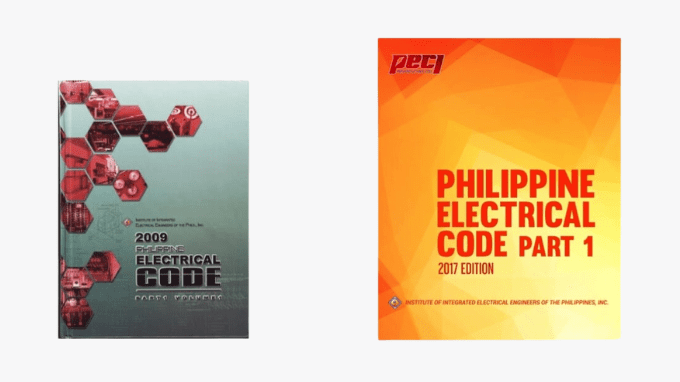
PRBEE Res. No. 18 Series of 2017
- Adoption of the 9th Edition of the Revised Philippine Electrical Code Part 1 as part of the rules and regulations governing the practice of electrical engineering and as referral code in accordance with the National Building Code.
- The resolution was signed by the Chairman FVM and Member JVM on 10 Nov. 2017.
- Approved by the Professional Regulatory Commission : Chairman Teofilo S. Pilando Jr., Commissioner Yolanda D. Reyes and Commissioner Jose Y. Cueto, Jr.
- The resolution and Annex shall take effect after fifteen (15) days following their full and complete publication in the Official Gazette.
- Date of Publication in the Official Gazette: Nov. 17, 2017.
- Date of Effectivity: December 2, 2017.
Changes in Chapter I
Chapter 1. General Article 1.0- Introduction
PEC 2009 Edition
- 1.0.1.1 (C) This Code is intended for the exclusive use of licensed electrical practitioners. This Code is not intended as a design specification nor an instruction manual for a nonlicensed electrical practitioner, unless under the supervision of a licensed electrical practitioner.
PEC 2017 Edition
- 1.0.1.1 (C) This Code is intended as a design specification or an instruction manual for qualified persons.
Impacts of Art. 1.0.1.1 (C)
- The Code are now not for exclusive used of licensed electrical practitioners.
- It more accessible even to non-electrical personnel. Remember : “SAFETY is EVERYBODY Business”.
- Qualified Person –One who has qualifications, skills and knowledge related to the construction and operation of the electrical equipment and installations and has received safety training to recognize and avoid the hazards involved.
1.0.1.4 Enforcement
PEC 2009 Edition
- (a) This Code is intended for mandatory application by government bodies exercising legal jurisdiction over electrical installations.
- (b) These government bodies, only through a licensed electrical practitioner, shall have the responsibility of implementing of this Code provision in deciding on the approval of equipment and for granting the special permission contemplated in this Code, where it is assured the equivalent objectives can be achieved by establishing and maintaining effective safety.
- (d) This Code may require new products, constructions, or materials that may not yet be available at the time this Code is adopted. In such event, the authority having jurisdiction may permit the use of the products, constructions, or materials that comply with the most recent previous Edition of this Code adopted by the National Building Code.
PEC 2017 Edition
- (A) This Code is intended for mandatory application by the Office of the Building Official/EE over electrical installations.
- (B) The Office of the Building Official/EE shall have the responsibility of implementing the provisions of this Code.
- (C) This Code may require new products, constructions, or materials that may not yet be available at the time this Code is adopted. In such event, the Office of the Building Official/EE may permit the use of the products, constructions, or materials that comply with the most recent previous Edition of this Code adopted by the National Building Code.
Deleted provision on PEC 2009 Part 1
- (c) The authority having jurisdiction may waive specific requirements in this Code or permit alternate methods where it is assured that equivalent objectives can be achieved by establishing and maintaining safety.
Impacts On Enforcement
- The Office of the Building Official are given the clear authority to implement all the provisions of the Code.
- Needs for capacity building of the OBO.
- BOSH and COSH mandatory to all OBO personnel.
- Competency Training on the PEC Part I
- IIEE will provide free training for the OBO as part of its corporate social responsibility and in concerns for public safety. Others industry stakeholders like MERALCO, VECO, CEPALCO, and Davao Light can assists in the capacity building of the OBO.
- JVM – ISR.
1.0.1.6 Interpretation
PEC 2009 Edition
- Upon the recommendation of the Code Committee, the Board of Electrical Engineering shall render the final decision in the interpretation of any portion of the PEC Part 1, in case of controversy.
PEC 2017 Edition
- Interpretation of this Code shall be by licensed electrical practitioners. In case of conflicting interpretations, these may be referred to the PEC Part 1 Committee for interpretation. Should disagreement remain, thereafter, the Committee’s interpretation shall be referred to the Board of Electrical Engineering who shall render the final decision.
Three-Level of Interpretation
- A. Licensed Electrical Practitioners In case of conflicting interpretation/s
- B. PEC Part I Committee For Final Interpretation/s
- C. Board of Electrical Engineering
New Provisions on PEC 2017 Edition
- 1.0.1.10 Apprenticeship (A) RA 7920 or the national electrical engineering law requires apprenticeship as one of the qualifications to the registration and licensure examinations for Registered Master Electrician (RME), in order to practice electrical engineering in the Philippines. Knowledge and understanding of the PEC1 , and PEC2 form part of the examination given.
- 1.0.1.10 Apprenticeship (B) An apprentice shall undergo training under a person holding a valid certificate of registration and a valid professional license for the practice of electrical engineering under RA 7920 or the national electrical engineering law.
- 1.0.1.11 Services of Licensed Electrical Practitioners For decisions and actions involving a knowledge of electrical engineering and/or training in electrical installations and practices, the services of a licensed electrical practitioner is required.
Art. 1.3- Electrical Plans and Specifications
PEC 2009 Edition
- (F) Design Analysis Design analysis shall be included on the drawings or shall be submitted on separate sheets of standard size, and shall show: (1) Branch circuits, subfeeders, feeders, busways, and service entrance;
- (F) Design Analysis (2) Types, rating, and trip setting of overload protective devices; (3) Calculation of short circuit current for determining the interrupting capacity of overcurrent device for residential, commercial, and industrial establishment; (4) Calculation of voltage drops.
- (F) Design Analysis None!!!!
PEC 2017 Edition
- (F) Design Analysis Design analysis shall be included on the drawings or shall be submitted on separate sheets of standard size, and shall show: (1) Branch circuits, subfeeders, feeders, busways, and service entrance;
- (F) Design Analysis (2) Types, rating, and trip setting of overload protective devices; (3) Calculation of voltage drops; (4) Calculation of short circuit current for determining the interrupting capacity of overcurrent device for residential, commercial, and industrial establishment.
- (F) Design Analysis (5) Protection coordination of overcurrent protective devices; (6) Arc-Flash Hazard Analysis to determine the required personal protective equipment in other than dwelling place.
Impact of Art. 1.3- Electrical Plans and Specifications
- OBO will NOT accept electrical plans without Technical Analysis.
- Mandatory to all electrical plans.
- All Electrical Practitioners needs to know the requirements for Technical Analysis.
Highlights of the NEC 2017
Five New Article
- Article 4.25 Fixed Resistance And Electrode Industrial Process Heating Equipment
- Article 6.91 Large Scale PV Electric Power Production Facility
- Article 7.6 Energy Storage System
- Article 7.10 Stand Alone System
- Article 7.12 DC Microgrids
For more information please continue to the pdf below it’s 181 pages:
Philippine-Electrical-Code-Part-1-2017-Edition-Highlights-and-ImpactsReference: iiee.org.ph, Philippine Electrical Code Part 1 2017 Ed. – Highlights and Impacts by Jaime V. Mendoza, FIIEE, PEE, ACPE & APEC Member Board of Electrical Engineering. 43rd Annual IIEE National Convention.




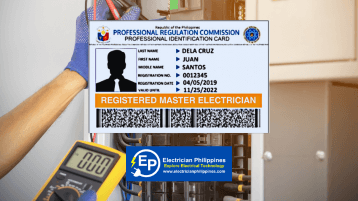
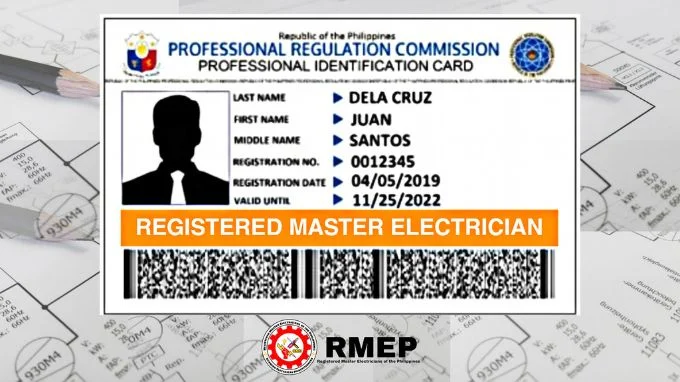
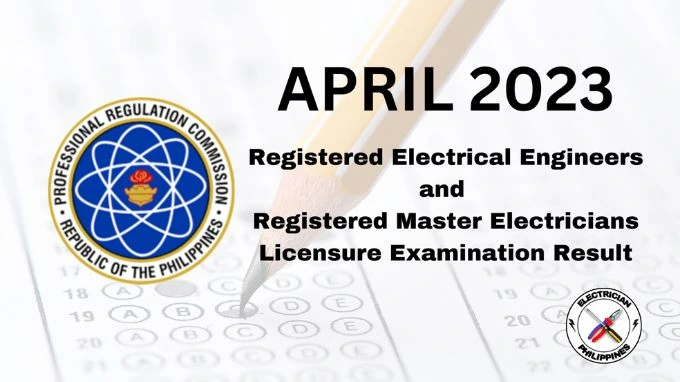
Pingback: Tahanan at paupahan sa El Danda, natupok sa sunog | Los Baños Times